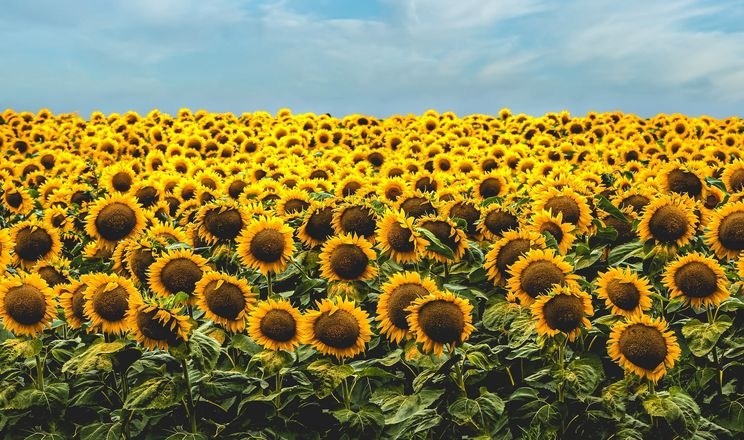Farmers In Goias Have Until March 31st to Plant Their Sunflowers

Brazilian farmers often plant a second crop after they harvest their first crop of soybeans. The most common second crop is corn followed by cotton and in some cases sunflowers. In the state of Goias in central Brazil, a common second crop is sunflowers and Goias is the largest sunflower producing state in Brazil.
Farmers in Goias have until March 31st to finish planting their sunflowers which then must be harvested by July 15th. If farmers are going to plant sunflowers up until the middle of March, it is recommended that they plant sunflower varieties that have a maturity of no longer than 105 days.
Since the sunflowers are planted in areas of soybean production, farmers must try to eliminate any volunteer soybeans that may germinate within their sunflower fields. That is hard to do because there are no herbicides registered for that purpose. Therefore, farmers are required to eliminate any volunteer soybeans within five days after the sunflowers are harvested.
Volunteer soybeans must be eliminated in the off-season to limit the spread of Asian soybean rust (Phakopsora pachyrhizi) from one growing season to another. That is why Brazil has instituted a “soybean-free” period for all the major soybean producing states during which no live soybean plants are permitted.
For the state of Goias, the “soybean-free” period is from June 27th to September 24th. This makes it a little complicated for farmers who plant a second crop of sunflowers because they have until July 15th to harvest their sunflowers, which is past the start of the “soybean-free” period. If the sunflowers are harvested after June 27th, the farmer must immediately eliminate any soybean plants that may have been growing within the sunflowers.
Read also
Wheat in Southern Brazil Impacted by Dry Weather and Frosts
Oilseed Industry. Leaders and Strategies in the Times of a Great Change
Black Sea & Danube Region: Oilseed and Vegoil Markets Within Ongoing Transfor...
Serbia. The drought will cause extremely high losses for farmers this year
2023/24 Safrinha Corn in Brazil 91% Harvested
Write to us
Our manager will contact you soon



